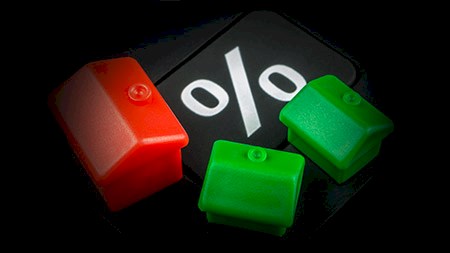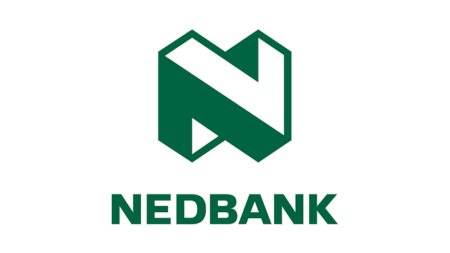The most important financial institution in any monetary economy is the central bank. South Africa's central bank is the South African Reserve Bank (SARB), which was established in 1920. The SARB's five main functions are:
- Issuing bank notes and coins;
- Acting as banker for other banks;
- Acting as banker for the government;
- Acting as custodian of SA's gold and other foreign reserves;
- Formulating and implementing monetary policy.
As bankers' bank, the SARB, among other things, acts as 'lender of last resort'. The SARB is willing to meet any cash balance shortage experienced in the money market. When, for example, people are collectively borrowing more from the banks than they are investing, the banks also experience funding difficulties and they borrow money from the SARB, by way of a repurchase or 'repo' transaction. This means that the banks sell certain of their financial assets to the SARB and promise to repurchase the assets from the SARB within seven days.
The SARB charges the banks a fee to borrow this money (a percentage of the loan). This is called interest. When the banks repay their loans (buy back their financial assets), they also pay the interest due. This percentage of the loan (the interest), which the SARB charges the banks, is called the Repo Rate. It is the rate (percentage) at which interest is calculated on loans to the banks and it is one of the SARB's credit management tools.
The SARB makes a certain amount of money available to banks to cover their shortfalls. This amount will determine the Repo Rate. If this amount is insufficient, it means that the SARB's shortfall becomes greater, causing the Repo Rate to rise.
It's a vicious circle…
- The more debt you have…
- The more debt the banks have…
- The more debt the SARB has…
- The more debt the country has…
- The less money is available to the government to care for its people.
- The poorer you get…
- And the more you have to borrow…
The rate that plays the most dominant role in determining the Interest Rate is the Repo Rate. When the SARB increases the Repo Rate, the banks usually increase their Prime Lending Rate accordingly, and a decrease in the Repo Rate will result in a decline in the Prime Lending Rate.
This article originally appeared in Property Power 11th Edition Magazine. To order your copy at the discounted price of R120 click here.





